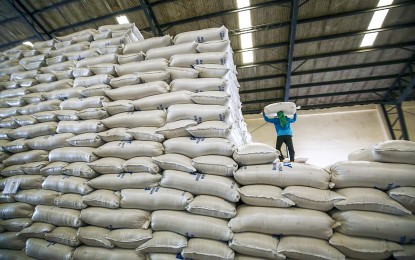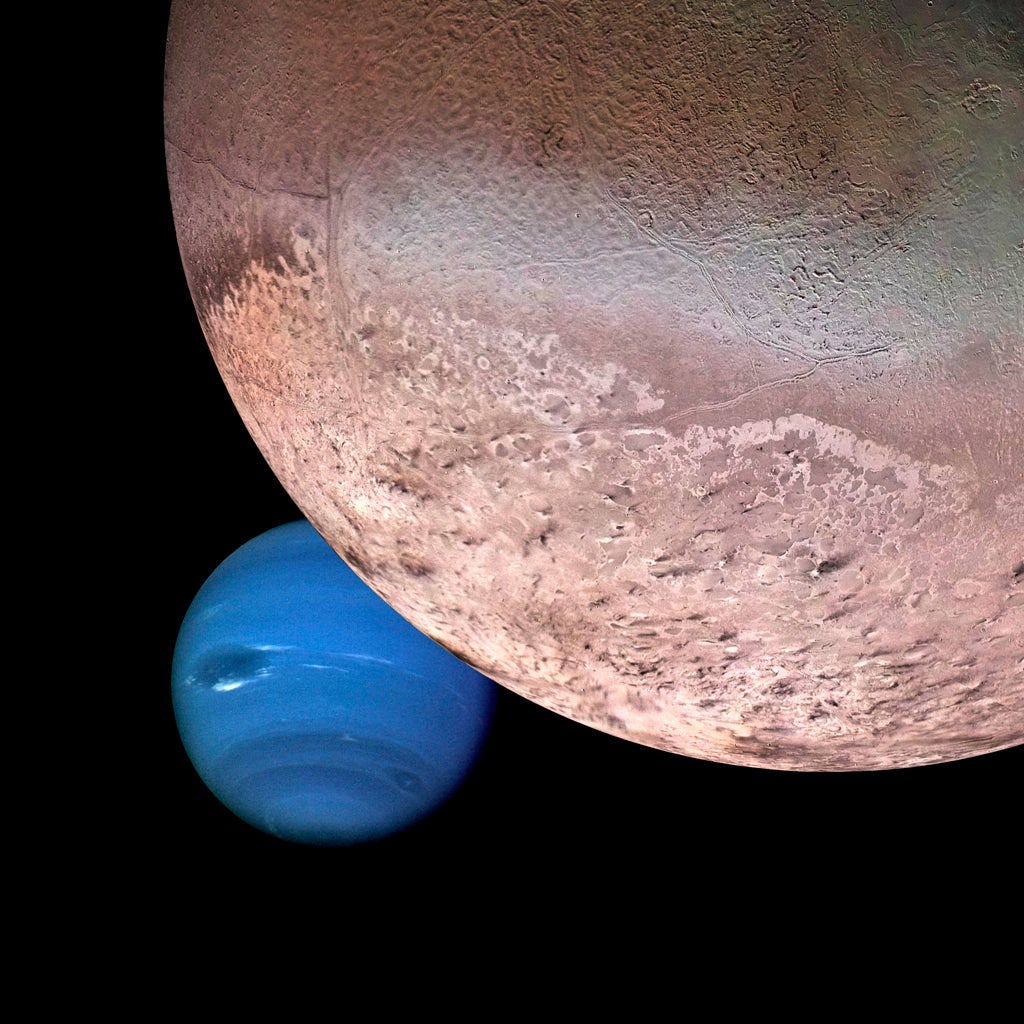The Moon: Earth’s Silent Guardian
Explore the Moon, our closest celestial neighbor, influencing tides, myths, and future space exploration. Uncover its craters, hidden ice, and its vital role in humanity’s cosmic journey.

A Gray and Rocky Landscape
The Moon, Earth's only natural satellite, is a breathtaking celestial body with a rugged, cratered surface. Its landscape is shaped by billions of years of asteroid and comet impacts, forming deep basins and towering mountains. Unlike Earth, the Moon has no liquid water or atmosphere to protect it from space debris, leaving its surface covered in a thick layer of fine dust known as regolith. This dusty gray surface is composed of broken rock fragments and tiny glass beads formed by ancient volcanic activity and intense heat from impacts.
A Play of Shadows and Light
One of the Moon's most captivating features is its ability to reflect sunlight, creating its luminous glow in the night sky. Despite its bright appearance, the Moon's surface is actually quite dark, absorbing most of the light that falls upon it. The contrast between the illuminated lunar highlands and the darker lunar maria (large flat plains) gives the Moon its familiar patchy look. When viewed from Earth, these bright and dark areas create the illusion of a “man in the Moon” or other shapes that cultures around the world have interpreted in unique ways.
The Perfect Sphere That Isn’t
Though it appears round, the Moon is not a perfect sphere. It is slightly egg-shaped due to gravitational interactions with Earth. These forces cause tidal bulges, stretching the Moon slightly along its long axis. In addition, the Moon’s surface has many irregularities, with giant craters and mountain ranges disrupting its symmetry. The highest peak on the Moon, Mons Huygens, stands at about 5.5 km (3.4 miles) tall, almost as high as Mount Everest.
The Moon’s Mysterious Colors
To the human eye, the Moon seems to be mostly gray, but its colors change depending on lighting conditions and composition. During a lunar eclipse, the Moon can take on shades of red, copper, or orange due to sunlight refracting through Earth’s atmosphere. This phenomenon, often called the “Blood Moon,” occurs when the Moon passes through Earth’s shadow. Additionally, some regions of the Moon have hints of brown, yellow, and even blue due to differences in mineral content.
The Silent World Without Air
Unlike Earth, the Moon has no breathable atmosphere, which means there is no wind, rain, or weather of any kind. The lack of an atmosphere also means that sound cannot travel, making the Moon a completely silent world. Because there is no air to scatter sunlight, the sky on the Moon is pitch black, even during the daytime. This absence of an atmosphere also leads to extreme temperature changes, with daytime temperatures soaring above 250°F (121°C) and nighttime temperatures plunging below -280°F (-173°C).
The Moon’s Role in Earth’s Tides
The Moon has a powerful influence on Earth’s oceans, creating the tides that shape coastlines around the world. Its gravitational pull causes water to bulge on the side of Earth closest to the Moon, leading to high tide. At the same time, a second bulge forms on the opposite side due to the Earth’s rotation and centrifugal forces. These tidal effects have been shaping our planet’s landscape for millions of years and continue to affect marine life and ecosystems.
The Moon’s Slow Retreat
The Moon is slowly drifting away from Earth at a rate of about 1.5 inches (3.8 cm) per year. Scientists believe this is due to the exchange of energy between the Earth and the Moon caused by tidal forces. While this may seem like a small movement, over millions of years, it has a significant impact on Earth's rotation and the length of our days. In ancient times, days on Earth were much shorter, but as the Moon drifts farther, days are gradually getting longer.
A Dead but Once-Active World
Though the Moon is no longer geologically active, evidence suggests that it was once home to massive volcanic eruptions. The dark plains known as lunar maria were formed by ancient lava flows that cooled and hardened billions of years ago. Today, the Moon has no active volcanoes or plate tectonics, but scientists have detected “moonquakes,” likely caused by the cooling and shrinking of its interior. Some of these quakes can be quite strong, lasting for hours.
The Moon’s Hidden Side
For centuries, people speculated about the Moon’s far side, which is never visible from Earth due to its synchronous rotation. It wasn’t until 1959 that the Soviet Luna 3 spacecraft captured the first images of the Moon’s hidden half. Unlike the familiar near side, the far side is covered with more craters and has fewer smooth plains. This difference is likely due to the way Earth's gravity has influenced the Moon’s surface over time.
A Treasure Chest of Water Ice
For years, scientists believed the Moon was dry, but recent discoveries have confirmed the presence of water ice in permanently shadowed craters near the poles. These frozen reserves could be crucial for future lunar missions, providing water for astronauts and potentially even fuel for space travel. The presence of water on the Moon raises exciting possibilities for establishing a long-term human presence beyond Earth.
The Moon and Human Exploration
The Moon has fascinated humanity for centuries, and it was the first celestial body beyond Earth visited by humans. In 1969, NASA’s Apollo 11 mission made history when Neil Armstrong and Buzz Aldrin became the first people to walk on the Moon. Since then, several missions have explored its surface, and new plans are underway for future lunar exploration. Many space agencies, including NASA, plan to establish lunar bases that could serve as stepping stones for deeper space exploration, including Mars.
The Moon’s Enduring Influence on Culture
Throughout history, the Moon has been a source of wonder, inspiration, and mystery. Many ancient civilizations created myths and legends about the Moon, linking it to gods, spirits, and cosmic forces. Even today, the Moon influences our art, literature, and calendars. Some people believe it affects human behavior, though scientific evidence for this remains debated. Regardless, the Moon continues to shape human imagination and culture.
A Future with the Moon
With advancing technology, humanity is preparing for a new era of lunar exploration. NASA’s Artemis program aims to send astronauts back to the Moon, this time with plans for long-term settlement. Private companies and international space agencies are also exploring ways to harness lunar resources for scientific and commercial purposes. The Moon, once seen as an unreachable dream, may soon become a second home for humanity.
A Conclusion as Bright as the Moon Itself
The Moon is far more than a distant rock in the sky—it is a time capsule of our solar system’s past, a powerful force shaping Earth, and a key to our future in space. Its breathtaking landscapes, silent surface, and mysterious hidden side make it an object of endless fascination. Whether as a source of ancient myths, a scientific wonder, or a stepping stone to deeper space, the Moon continues to inspire and captivate us. As we take steps toward returning to the Moon, its role in our journey beyond Earth becomes clearer than ever. The future of humanity may be written in the dust of the Moon, and its light will continue to guide us through the ages.
What's Your Reaction?







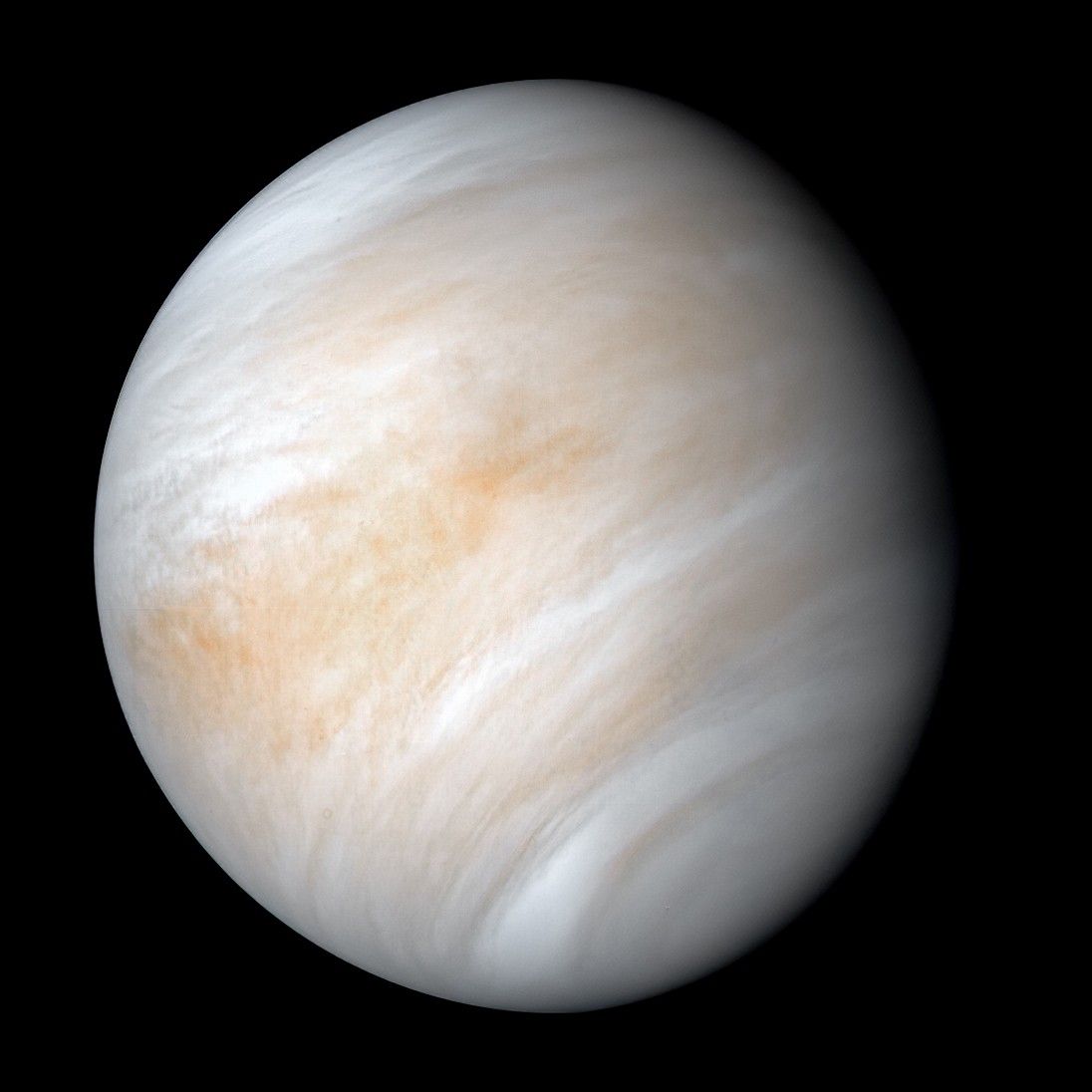

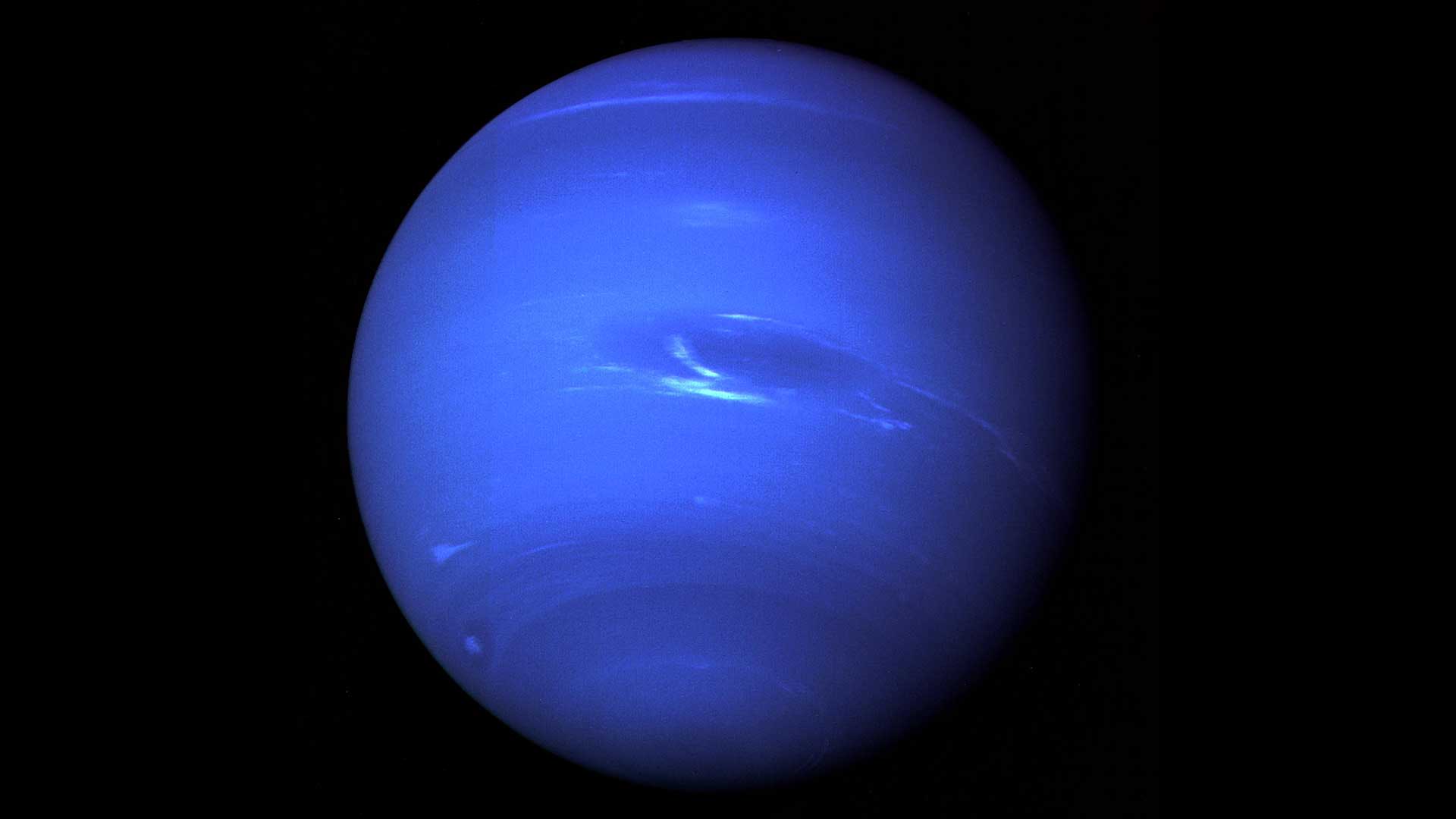

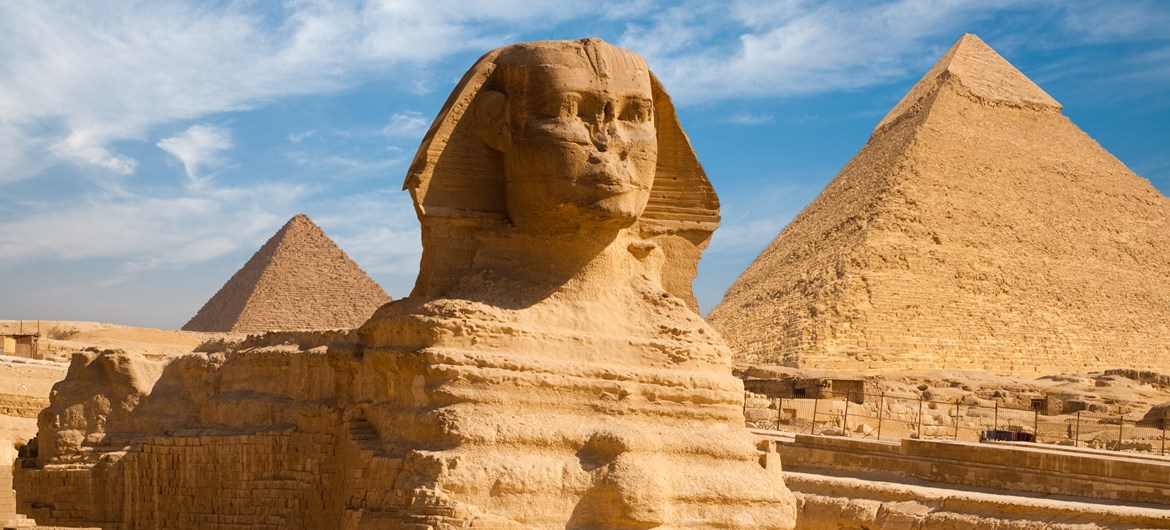
/https://tf-cmsv2-smithsonianmag-media.s3.amazonaws.com/filer_public/54/66/546650fa-26a4-40fd-8d6d-5a7a04540f81/rosetta2.png)
:max_bytes(150000):strip_icc():focal(999x0:1001x2)/robert-prevost-050825-1-39395418ab494da5a3a700c9478e66c8.jpg)


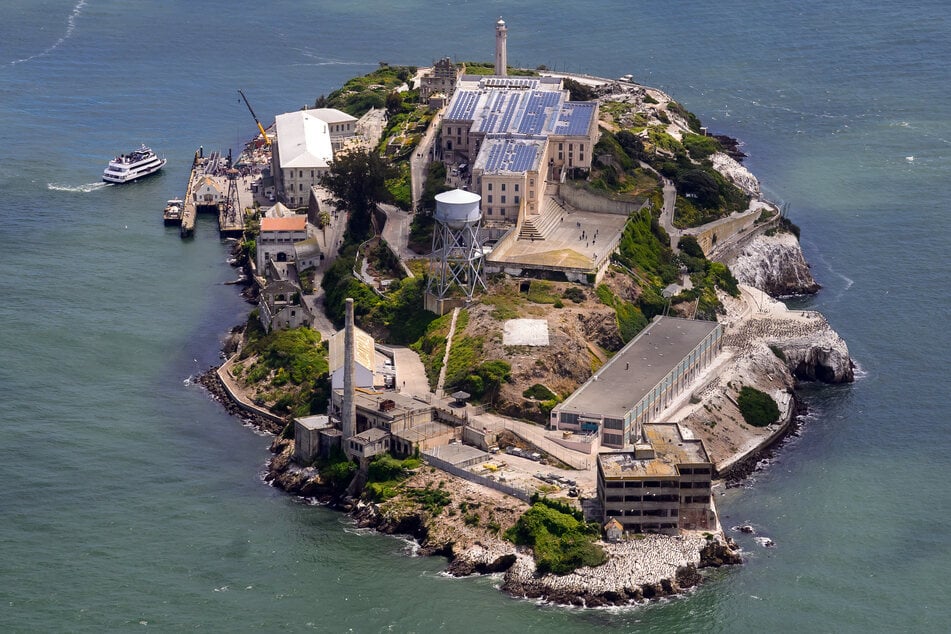























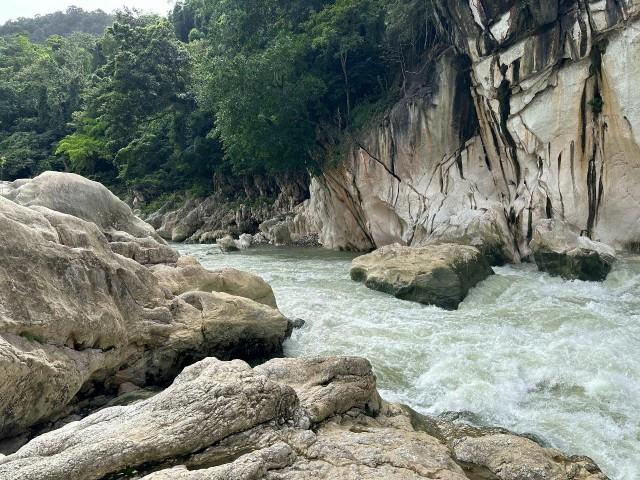




















format(webp))
format(webp))











